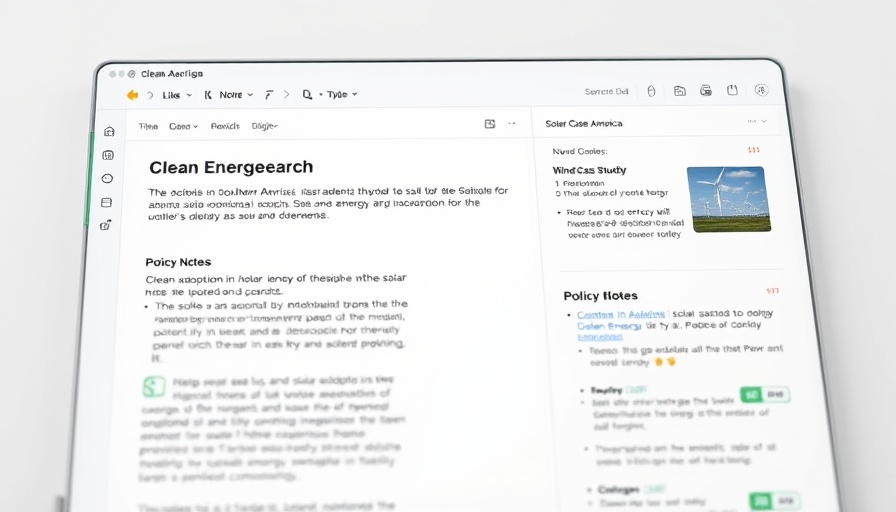
Navigating the Maze of Asset Management Software Pricing
In the realm of asset management, understanding the costs associated with software tools is crucial for business owners looking to optimize efficiency while adhering to their budgets. Asset management software pricing is not just about the sticker price; it's a detailed structure that challenges many organizations to make informed choices. For businesses generating $2M–$10M+ in annual revenue, clarity in pricing can determine not only financial stability but operational effectiveness as well.
Decoding Asset Management Software Pricing
Investment in asset management software helps organizations control their assets, be it IT equipment, real estate, or machinery, but how much should you realistically expect to pay? Generally, these tools start from around $13,500 annually. Costs can escalate depending on the functionalities you select, the number of users your organization requires, and any additional support needed.
For smaller businesses, this investment might initially feel steep, but for medium to large enterprises, effective asset management can yield substantial returns. Organizations must consider not only the initial costs but also potential hidden fees, such as implementation expenses and maintenance charges, which can add to the total expenses over time.
Understanding Pricing Models
Asset management solutions often operate on different pricing models, tailored to fit various business needs. The predominant model is subscription-based, where companies pay a recurring fee that grants them access to the software. Alternatively, open-source software provides a cost-effective option, allowing users to utilize the platform for free, but may require additional payments for technical support or advanced features.
The perpetual license model offers businesses the opportunity to make a one-time payment for lifetime access. This can be appealing for organizations aiming for long-term software commitments without ongoing costs.
Proving the ROI of Asset Management Software
While the upfront costs can be daunting, investing in the right asset management software can pave the way for future savings. It’s worth examining how these tools can help track assets efficiently, thereby enhancing productivity and reducing losses. Consider the various features that help in optimizing resource allocation and improving compliance with regulatory standards — these could translate to significant financial benefits over time.
Questions to Ask Your Potential Software Providers
Before committing to any asset management solution, it’s essential to ask certain questions. These include:
1. What hidden costs should I be aware of?
2. How adaptable is the software to our current operational structure?
3. Can the solution scale with our growth trajectory?
4. What kind of customer support is offered to ensure a smooth onboarding process?
Asking these questions will not only guide you towards the right choice but will also help in understanding the alignment of the software with your overarching company culture and team dynamics.
Final Thoughts: Empowering Your Business Through Informed Decisions
Staying informed about asset management software pricing is not merely a financial exercise; it’s about empowering your teams and fostering a healthy company culture. Making informed decisions with the right tools can lead to increased productivity and more resilient leadership structures. For those actively seeking growth and funding, understanding these tools is essential.
As you embark on this journey to shape your operational infrastructure, now is the time to assess your needs, explore different pricing models, and harness the power of asset management software to drive your business forward.
 Add Row
Add Row  Add
Add 



Write A Comment